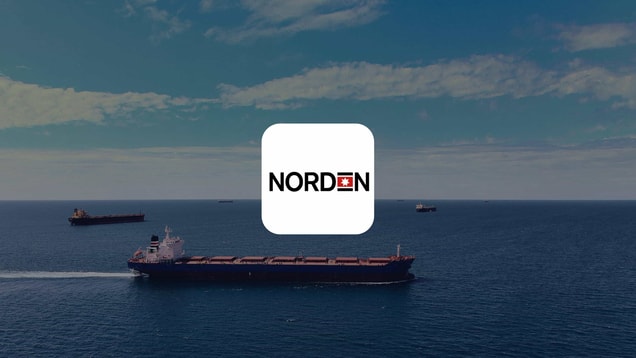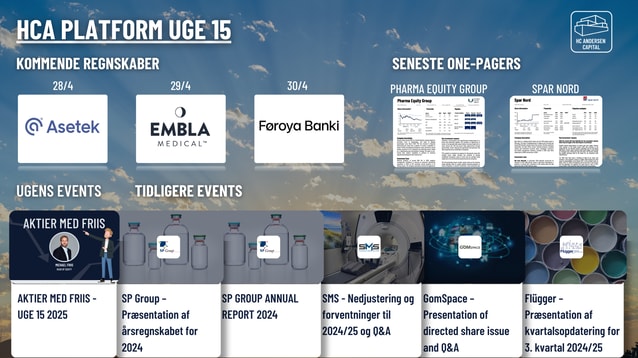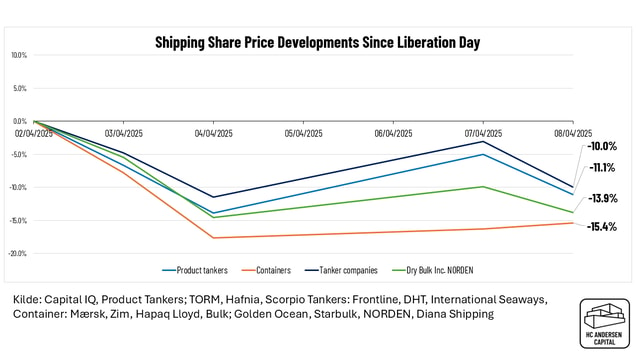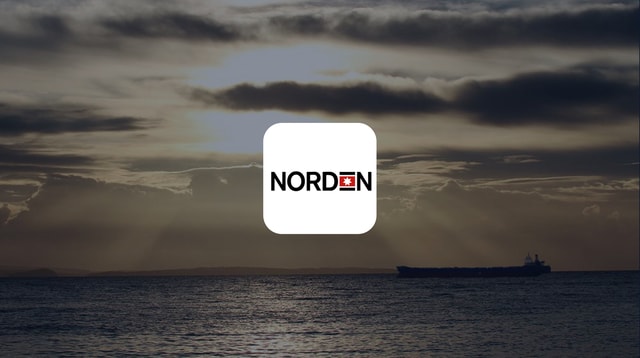D/S Norden
176.6
DKK
-3.13 %
DNORD
NASDAQ Copenhagen
Transport & Logistics
Industrials
NORDEN is an internationally operating shipping company with 12 global offices, headquartered in Copenhagen, Denmark, and listed on Nasdaq OMX Copenhagen. The company is present in the dry cargo and product tanker markets with a combination of operator and asset trading activities. NORDEN’s trading-oriented business model is based on the two business units ‘Assets & Logistics’ and ‘Freight Services & Trading’ – dividing the business into asset trading and operator activities. The company’s business activities are based on an asset-light trading strategy, only owning a small percentage (~5%) of its total operated vessel fleet consisting of close to 500 vessels. The agility of the business model enables NORDEN to continuously adjust short-term market exposure towards dry cargo and product tanker market developments while capitalizing on asset trading opportunities. In-house data and advanced analytics, risk management, and market research provide a data-driven approach to shipping, making proactive use of volatile markets.
Read moreLatest research
Latest analysis report
Released: 11.02.2025
Financial calendar
Interim report Q1'25
Interim report Q2'25
Interim report Q3'25
NORDEN: Information about number of votes and share capital

NORDEN: Opjusterer 2025 guidance forud for Q1 2025 på torsdag
Join Inderes community
Don't miss out - create an account and get all the possible benefits
Inderes account
NORDEN raises full-year guidance 2025
NORDEN opjusterer forventningerne til årets resultat 2025
Implementation of capital reduction in Dampskibsselskabet NORDEN A/S
Gennemførelse af kapitalnedsættelse i Dampskibsselskabet NORDEN A/S

Dagens aktienyheder 10/04: NORDEN, Torm, og Hafnia

Hvor meget har shipping tabt siden ”Liberation"
Dampskibsselskabet NORDEN A/S - weekly report on share buy-back
Dampskibsselskabet NORDEN A/S - ugentlig rapportering om aktietilbagekøb
Indberetning af ledende medarbejderes og disses nærtståendes transaktioner med Dampskibsselskabet NORDEN A/S' aktier i forbindelse med aktietilbagekøbsprogram
Notification of managers' and closely related parties' transactions with Dampskibsselskabet NORDEN A/S' shares in connection with share buy-back program
Dampskibsselskabet NORDEN A/S adds to Executive Management group with COO role
Dampskibsselskabet NORDEN A/S udvider Executive Management med ny COO-rolle


